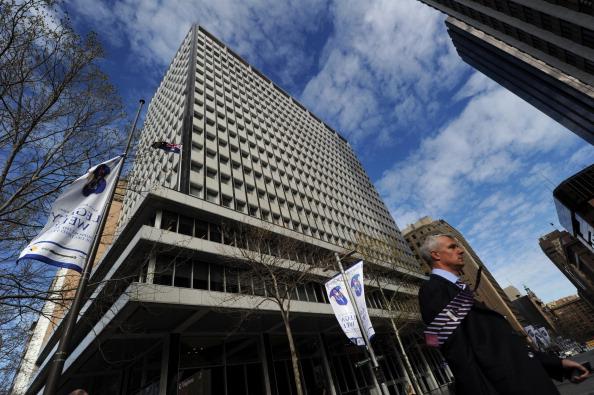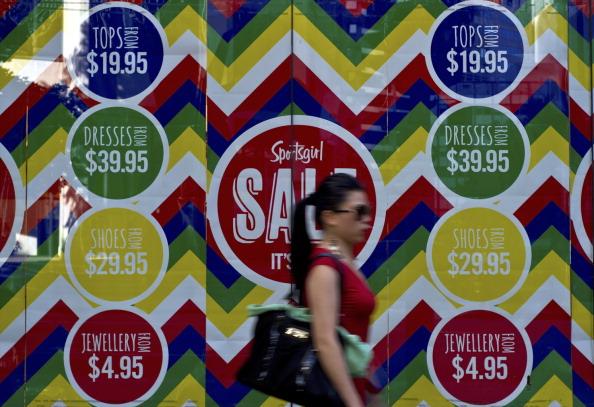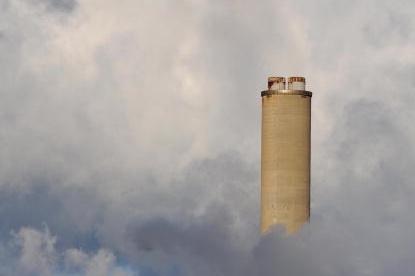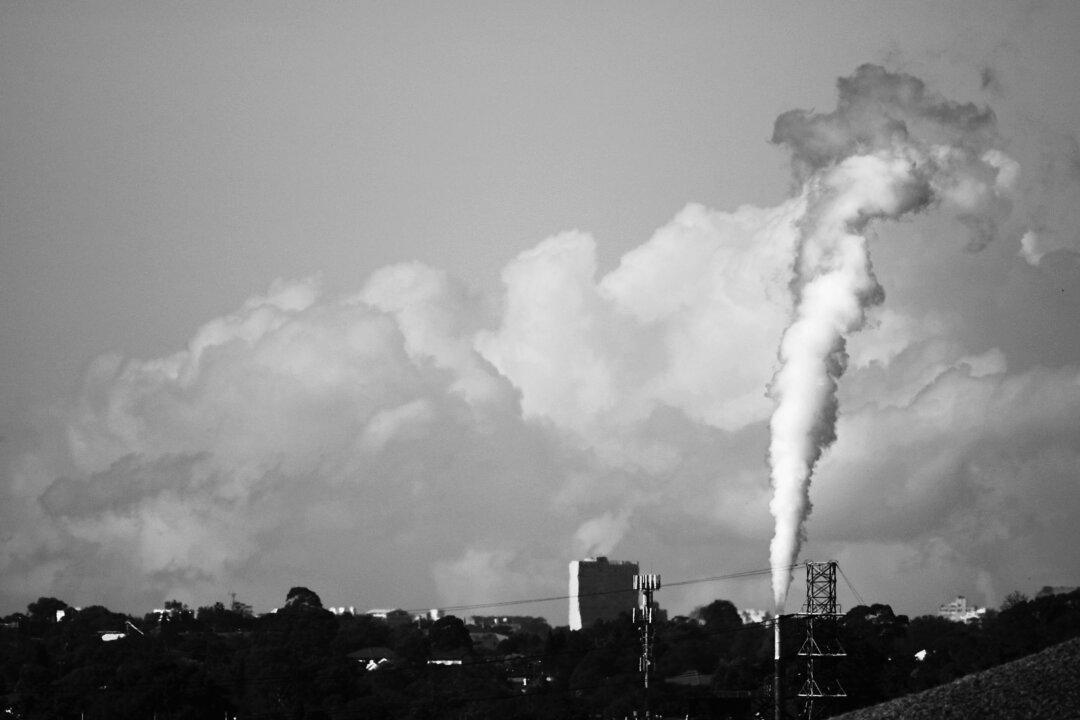The Reserve Bank of Australia has left the cash rate steady at 2.5 per cent—a record low—for the second consecutive month. The decision was no surprise, with the market as a whole expecting no change in the cash rate.
The decision comes off the back of healthy data suggesting previous rate cuts have bolstered the economy, while the labour market remains sluggish.
The housing market has shifted into a new gear on the back of previous rate cuts, with data released by RP Data Rismark on Sept 30 showing that housing values rose to record heights in September—beyond the previous highs set in 2010. The combined capital cities index rose 1.6 per cent over the month.
The largest monthly gains were in Sydney and Melbourne, with housing values increasing by 2.5 per cent and 2.4 per cent respectively.
“Any debate about unsustainable growth in housing markets should be very much focused on Sydney and Melbourne. Most other capital city housing markets are in fact showing only a modest growth trend,” said RP data’s director of research, Tim Lawless.
The Reserve Bank has taken note of the interest-sensitive spending that has defined such strong housing growth. As more and more households find borrowing cheaper, concerns have arisen about long term financial stability.
Governor Glenn Stevens has even taken the effort to warn banks of this issue in last month’s ‘Minutes of the Monetary Policy Meeting’, maintaining that it was “especially important that banks maintained prudent lending standards”.
The fall of the Australian dollar against the US has also given the Reserve Bank more room to sit back.
“[The Australian dollar] is still about 10 per cent below its level in April. A lower level of the currency…would assist in rebalancing growth in the economy,” said Mr Stevens.
Of course the Central Bank would be concerned about the recent appreciation in the Australian dollar on the back of The Fed’s decision to delay tapering. But inevitably the Fed will need to start letting go of the accelerator with their quantitative easing.
Household and business sentiment has also been on the rise. Australian Bureau of Statistics data points to a 0.4 per cent increase in retail sales—the highest since February. And the manufacturing sector is growing for the first time in two years.
The RBA have taken a much more cautious approach to these figures, maintaining their usual “wait and see” approach.
“There has been an improvement in indicators of household and business sentiment recently, though it is too soon to judge how persistent this will be,” said Mr Stevens.
Neutral but room for another cut
All eyes are on the American government (or lack of) as they engage in political brinkmanship that could potentially have widespread impacts, with the worst-case scenario being a default on their debt by mid-October.
In the short-term the stalemate will only serve to delay the tapering of the Fed’s splurge on assets that will continue to keep our dollar buoyed—preventing the rebalancing of our economy.
Unemployment and growth data have also been nothing but sluggish. Unemployment sits at 5.8 per cent—the highest since the peak of the financial crisis. And in fact, the employment to population ratio (measuring the proportion of the population in work) is 61.2 per cent — lower than what we had in the GFC. This is indicative of a struggling job market.
In conjunction to the weak labour market, economic growth is currently at ordinary 2.6 per cent, well below trend.
Despite little change this month, the RBA will have much to consider before the next meeting—especially if the US political standoff continues.




